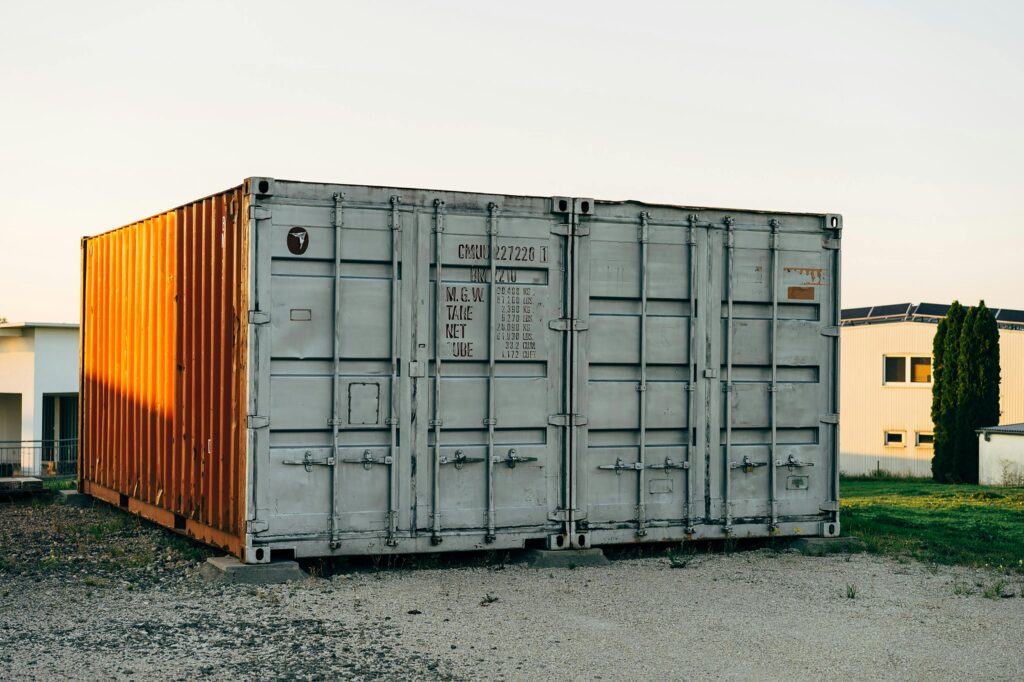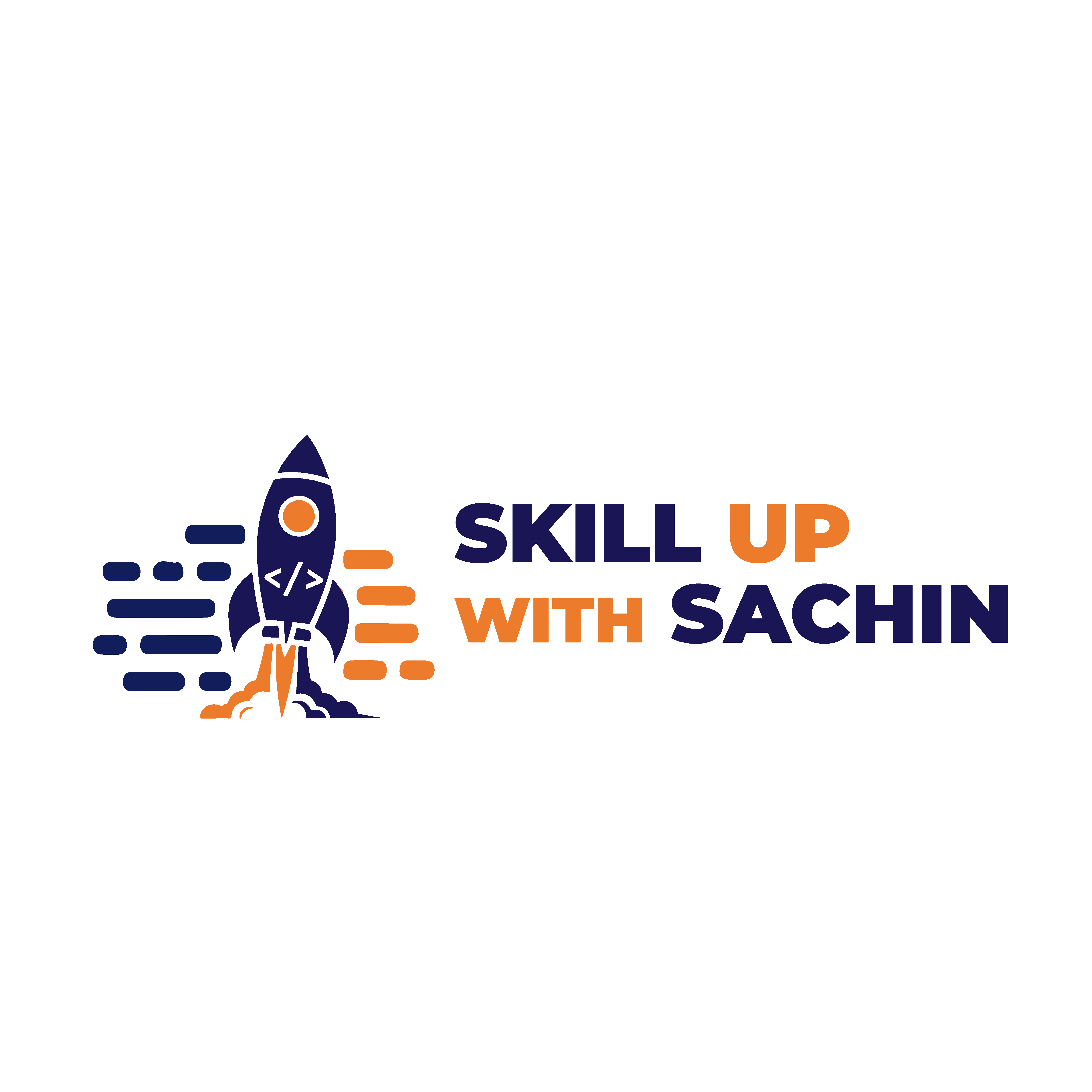Understanding Kubernetes Architecture: A Pizza Shop Story

Kubernetes can feel overwhelming at first, with all its components and technical terms. To make it easier, let’s explain it using something we all understand: a pizza shop! In this blog, we’ll break down the architecture of Kubernetes and its components in the simplest way possible by comparing it to the operations of a pizza shop. By the end, you’ll see how Kubernetes works in a way that’s both fun and easy to grasp. he Pizza Shop Analogy Imagine you own a pizza shop. To run your shop successfully, you need a team, processes, and tools to ensure every customer gets their pizza on time and as ordered. Kubernetes works the same way—it’s the system that helps manage and coordinate your “pizza shop” (your applications and containers). Let’s dive into the key components of Kubernetes and how they relate to a pizza shop. 1. The Kitchen: Nodes The kitchen is where all the work happens in your pizza shop. Here, chefs prepare the pizzas based on orders. In Kubernetes, the kitchen represents Nodes. Without the kitchen, there’s no place to make the pizzas (or run your applications). 2. The Manager: Control Plane Every successful pizza shop needs a manager who oversees the entire operation. This manager ensures that orders are taken, resources are allocated, and everything runs smoothly. In Kubernetes, the Control Plane is the manager. The control plane consists of several key components: 3. The Waitstaff: Kubelet The waitstaff in a pizza shop are responsible for delivering orders from the customers to the kitchen and ensuring the prepared pizzas reach the right table. In Kubernetes, this role is played by the Kubelet. Without the kubelet, there’s no one to ensure orders are being processed and delivered. 4. The Menu: API Server Every pizza shop needs a menu that lists all the available options for customers. In Kubernetes, the API Server acts as this menu. Without the API server, customers wouldn’t know what they can order, and the manager wouldn’t know what to deliver. 5. Ingredients and Supplies: Persistent Storage A pizza shop needs a steady supply of ingredients to make pizzas. These ingredients are stored in the inventory. In Kubernetes, this is equivalent to Persistent Storage. 6. The Delivery Team: Services Once the pizzas are ready, they need to be delivered to the right customers. Kubernetes uses Services to handle this. 7. Quality Control: Monitoring and Logging To ensure every pizza meets the shop’s standards, quality control is essential. Kubernetes has built-in tools for Monitoring and Logging that play this role. Putting It All Together In summary, Kubernetes is like a well-run pizza shop with various components working together to deliver a seamless experience. Here’s how it all fits: By understanding Kubernetes through the lens of a pizza shop, its architecture becomes a lot more relatable and easier to grasp. Kubernetes might seem complex at first, but breaking it down into familiar concepts like running a pizza shop makes it much easier to understand. Whether you’re managing a small application or a large-scale system, Kubernetes ensures everything is organized, scalable, and efficient—just like a well-run pizza shop!
Learn Docker with me in few hours : All About Docker

Are you looking for Docker session ? Dive with me into the Docker world with this series which talks about Docker, Docker Images and containers along with the real-time projects. From understanding Docker’s core concepts to practical insights, this series will equip you with the knowledge to harness its potential. Subscribe now for a deep dive into the exciting realm of Docker! Don’t miss out – click the link to watch and level up your tech expertise. Docker is a powerful platform designed to simplify and streamline the process of developing, shipping, and running applications. It does this by leveraging containerization, a lightweight form of virtualization, which allows developers to package applications along with all their dependencies into a single container. These containers can then be deployed on any Docker-enabled host, ensuring consistency across various environments. Core Concepts of Docker 1. Containers vs. Virtual Machines: Containers are often compared to virtual machines (VMs), but there are significant differences. Unlike VMs, which virtualize hardware, containers virtualize the operating system. This makes containers much lighter and faster to start. They share the host OS kernel, but each container operates in isolation with its own filesystem, processes, and network stack. This results in more efficient use of system resources and better performance. 2. Docker Images: A Docker image is a lightweight, standalone, and executable package that includes everything needed to run a piece of software, including the code, runtime, libraries, environment variables, and configuration files. Docker images are the basis of containers, and they are built using a file called a Dockerfile, which contains a series of instructions on how to construct the image. 3. Docker Containers: Containers are instances of Docker images. When you run a Docker image, it becomes a container. These containers are isolated environments where applications can run without interference from other processes or applications on the host machine. Containers can be easily started, stopped, and deleted, making them extremely flexible and manageable. Benefits of Docker 1. Consistency Across Environments: One of the biggest challenges in software development is ensuring that an application works consistently across different environments (development, testing, production). Docker solves this by encapsulating all dependencies and configurations into a single container, ensuring that the application behaves the same regardless of where it is run. 2. Efficient Resource Utilization: Containers are more efficient than virtual machines because they share the host system’s kernel and do not require a full OS. This allows more containers to be run on the same hardware, reducing overhead and improving performance. 3. Simplified Deployment: Docker makes it easy to deploy applications by providing a simple, consistent environment. With Docker, you can package your application and its dependencies once and run it anywhere. This is particularly useful in a microservices architecture, where each service can be containerized and deployed independently. 4. Version Control and Rollbacks: Docker images are versioned, which allows you to track changes, roll back to previous versions, and manage different versions of your application easily. This is a significant advantage in continuous integration and continuous deployment (CI/CD) pipelines. Practical Insights into Docker 1. Dockerfile: A Dockerfile is a text file that contains all the commands needed to build a Docker image. The Dockerfile starts with a base image (such as ubuntu or node), and then you can add your application code, install dependencies, and set environment variables. Here’s a basic example of a Dockerfile for a Node.js application: 2. Docker Compose: For more complex applications that involve multiple containers (e.g., a web server, a database, and a caching layer), Docker Compose is an invaluable tool. Docker Compose allows you to define and run multi-container Docker applications using a YAML file (docker-compose.yml). This file defines the services, networks, and volumes required for the application. Here’s an example of a simple Docker Compose file: 3. Docker Hub: Docker Hub is a cloud-based repository where Docker users can store and share Docker images. You can find official images for popular software, such as databases, web servers, and programming languages, as well as community-contributed images. Docker Hub simplifies the process of finding and using images for your projects. The video series you provided promises to delve deep into these topics, offering both theoretical knowledge and practical insights. By following the series, you will gain a solid understanding of Docker’s core concepts and how to apply them to real-world scenarios. From creating Dockerfiles and managing containers to deploying applications using Docker Compose, this series is a comprehensive guide to mastering Docker. To maximize your learning experience, it’s highly recommended to subscribe and stay updated with each episode, as the content is structured to gradually build your expertise. Don’t miss this opportunity to dive into Docker and enhance your tech skills—click the link, start watching, and get ready to level up your Docker knowledge!
How to create Youtube Video Summary Using Python ?

It is never an easy task to play with data or summarize them. However, using Python you can achieve anything. I have tried to show the use of NLP to generate the summary of youtube videos by extracting the transcript of the video and then playing with data.It was really fun to explore different modules in Python and apply them on different use case. GItHUB URL : https://github.com/skillupwithsachin/youtube_videos_summary_Using_python In this project, you’ll use Python modules to generate the summary of a YouTube video. A Jupyter Notebook has been provided in the github directory. You can open the Solution.ipynb file from the directory tree of VS Code. Import Modules Firstly, you’ll import the necessary modules for this project. To begin generating a summary from a video, import the following modules: pytube: This module will be used to interact with YouTube using the video’s URL. youtube_transcript_api: This module will be used to get the transcript of the video. spacy: This module will be used to build the NLP model. heapq: This module will be used to generate a summary from the tokenized sentences. Get ID of Youtube Video After importing all of the necessary modules, obtain the ID of the YouTube video. Use the extract library available in the pytube module to get the ID of the YouTube video using its URL. Get a Transcript of the Video After getting the video’s ID, obtain the transcript of the video. To complete this task, perform the following steps: Get the transcript of the YouTube video using YouTubeTranscriptAPI. This will return a list of dictionary values containing a timeline and text. Retrieve all the text into a new variable. Get All Available Sentences After successfully converting the video to text, break all the text into all available sentences. To complete this task, perform the following steps: Load the en_core_web_sm model from spaCy. Get all sentences using natural language processing. Get All Tokens from Document In this task, obtain all the available tokens in the document. To complete this task, use a loop to iterate through the document and add all the tokens to a list. Calculate the frequency of tokens After obtaining all the tokens from the document, calculate the frequency of each token available in the document. To complete this task, perform the following steps: Create a dictionary containing the tokens as keys and frequencies as values against each key. Use a loop to iterate through all the tokens from the document. If the token is not a punctuation or stop word, then increase its frequency count. Normalize the frequency of tokens After getting the frequency of each token, normalize the frequencies for better accuracy. To complete this task, perform the following steps: Get the word with the maximum frequency in the document. Divide each frequency with the maximum frequency to normalize the frequencies. Calculate the Score of Sentences After normalizing the frequencies of each word, calculate the score of each sentence available in the document. To complete this task, perform the following steps: Get all sentences from the document. Create a dictionary to store the sentences as keys and scores as values. Iterate through all of the sentences in the document and perform the following steps: Iterate through all words of the sentence. If the word is available in the word_frequencies, add the frequency of that word to the sentence. Generate the Summary After obtaining the normalized score of each sentence, generate the summary of the actual document. To complete this task, perform the following steps: Get the 30% sentences with the maximum score. Use these 30% sentences to get the summary of the actual text. Note: These will be the most important sentences in the document. Combine all the sentences to get the summary of the document.


